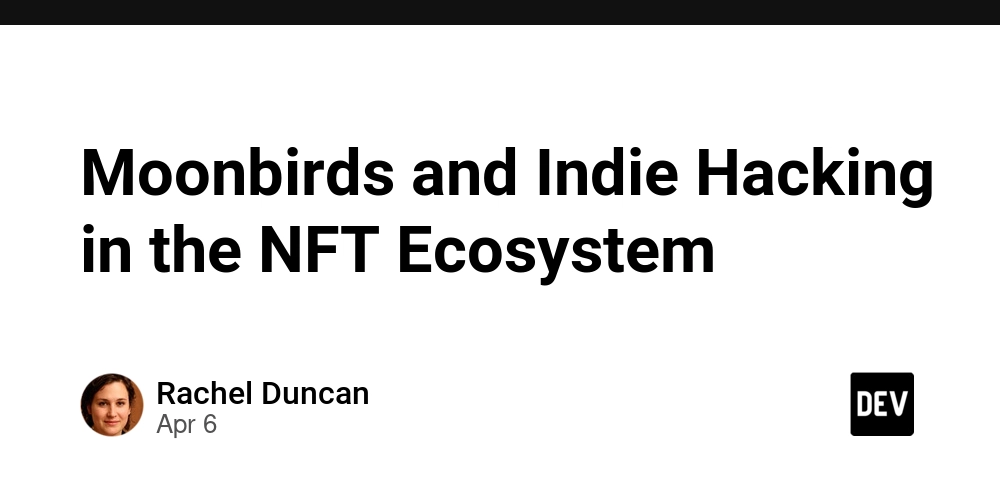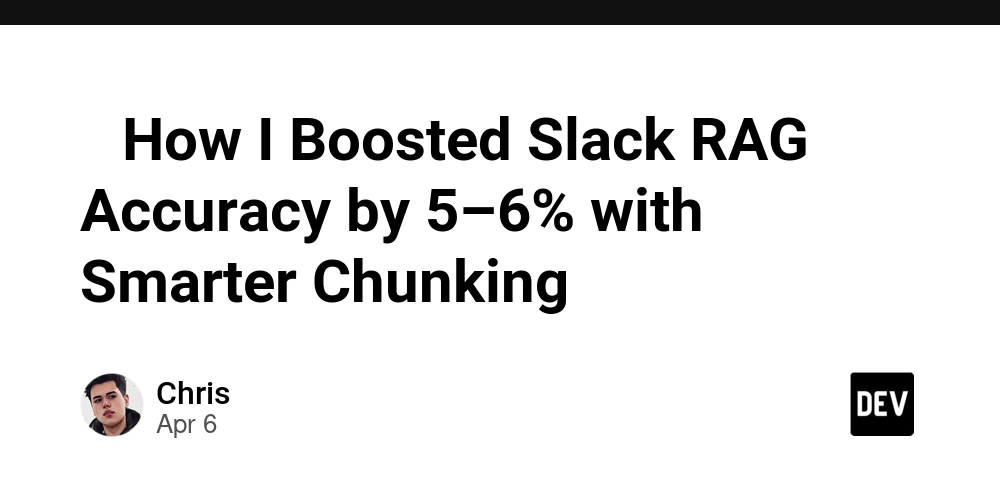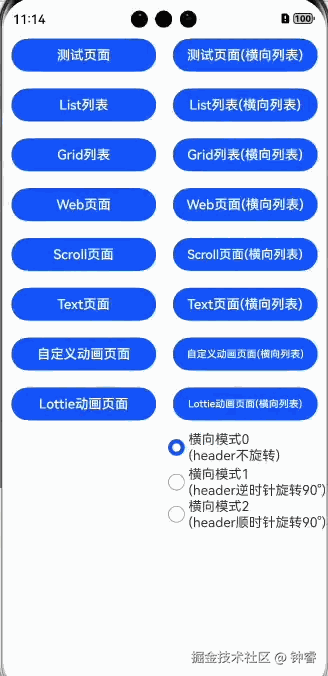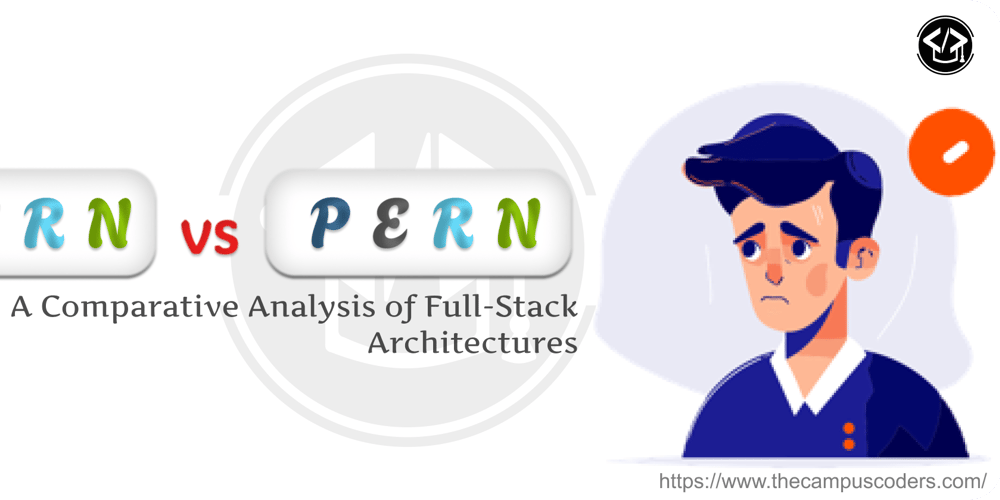How I Cut My MVP's Operation Costs by 76% — And Why You Shouldn’t Do That
Introduction: The Trap of Premature Optimization As developers, we love to optimize things. Whether it's code performance, database queries, or infrastructure costs, we strive for efficiency. However, when it comes to launching an MVP, cost optimization can become a dangerous distraction. I’ve been building MVPs for the past three years, focusing mainly on the technical side of things. This means that when I run into problems, my instinct is to solve them with code or infrastructure changes—even when it’s not the most strategic choice. (You know, if you have a hammer, you see nails everywhere.) Recently, I built a new platform and found a way to cut my operational costs by 76%. While this might sound like a win, it actually slowed me down and delayed market entry. The Project: A Marketplace Inspired by Million Dollar Homepage The idea behind my latest project is simple: a modernized version of the famous Million Dollar Homepage, but with a built-in marketplace. How It Works The site consists of a 128×128 grid where users can upload 256×256 images into any square. Unlike the original, where ad spaces were sold for a one-time fee, here users can sell and buy squares in an integrated marketplace. To kickstart growth, every new user gets 1 square for free (out of a total 16,384 squares). Since each visitor loads thousands of images per session, the site generates significant bandwidth usage—this became a critical cost factor. The Storage Cost Dilemma To keep development simple, I initially chose Convex.dev as my backend. If you haven’t heard of it, Convex is a BaaS (Backend-as-a-Service) that provides: ✅ A fully managed database ✅ Real-time queries and authentication ✅ Built-in file storage Convex seemed like a perfect match until I realized a key limitation: Convex Storage Pricing Plan Storage Bandwidth Price Free 1GB 1GB/month $0 Pro 100GB 50GB/month $25/month Higher tiers Custom Custom Custom pricing Since every page visit loads thousands of images, even with moderate traffic, I’d quickly hit the bandwidth limits. For example: If each visitor loads 20MB worth of images, Then 2,500 visitors would exceed the Pro plan’s 50GB limit. At first, I thought, "Okay, I’ll just upgrade when I need it." But then, I ran the numbers: If my app scaled to 100,000 users, I’d need a custom enterprise plan, which could get very expensive. So, I went down the cost optimization rabbit hole. The Migration to a Cheaper Storage Solution As I transitioned away from Convex Storage, considering a CDN solution seemed like the obvious next step. However, at this stage, it felt like overkill, so I chose to focus solely on cloud storage providers instead: Provider Free Tier Storage Cost Bandwidth Cost Notes Convex.dev 1GB storage, 1GB bandwidth $25 for 100GB 50GB included, then custom Simple but limited bandwidth Cloudflare R2 No egress fees $0.015/GB Free egress Best for high bandwidth needs AWS S3 5GB free $0.023/GB $0.09/GB egress Bandwidth cost can get expensive Google Cloud Storage (GCP) 5GB free $0.02/GB $0.12/GB egress Cheaper to store than in AWS but higher egress fees Why I Chose GCP After comparing costs, Google Cloud Storage (GCP) turned out to be the most expensive option, right after Convex. However, it was still significantly cheaper than Convex. Since I was already using GCP (specifically Firebase) for authentication and analytics, it made sense to stick with it. Despite being the second priciest choice, my estimated monthly cost for similar traffic was: $6/month instead of $25/month No need for immediate plan upgrades Scalability at a lower cost per GB I spent 8 hours migrating my MVP’s file storage from Convex to GCP, including: ✔️ Implementing GCP storage integration ✔️ Updating the backend logic for file uploads ✔️ Updating the frontend to fetch images from GCP ✔️ Testing and debugging the changes ✔️ Kept Convex for everything else as I am still in love with it

Introduction: The Trap of Premature Optimization
As developers, we love to optimize things. Whether it's code performance, database queries, or infrastructure costs, we strive for efficiency. However, when it comes to launching an MVP, cost optimization can become a dangerous distraction.
I’ve been building MVPs for the past three years, focusing mainly on the technical side of things. This means that when I run into problems, my instinct is to solve them with code or infrastructure changes—even when it’s not the most strategic choice. (You know, if you have a hammer, you see nails everywhere.)
Recently, I built a new platform and found a way to cut my operational costs by 76%. While this might sound like a win, it actually slowed me down and delayed market entry.
The Project: A Marketplace Inspired by Million Dollar Homepage
The idea behind my latest project is simple: a modernized version of the famous Million Dollar Homepage, but with a built-in marketplace.
How It Works
- The site consists of a 128×128 grid where users can upload 256×256 images into any square.
- Unlike the original, where ad spaces were sold for a one-time fee, here users can sell and buy squares in an integrated marketplace.
- To kickstart growth, every new user gets 1 square for free (out of a total 16,384 squares).
- Since each visitor loads thousands of images per session, the site generates significant bandwidth usage—this became a critical cost factor.
The Storage Cost Dilemma
To keep development simple, I initially chose Convex.dev as my backend. If you haven’t heard of it, Convex is a BaaS (Backend-as-a-Service) that provides:
- ✅ A fully managed database
- ✅ Real-time queries and authentication
- ✅ Built-in file storage
Convex seemed like a perfect match until I realized a key limitation:
Convex Storage Pricing
| Plan | Storage | Bandwidth | Price |
|---|---|---|---|
| Free | 1GB | 1GB/month | $0 |
| Pro | 100GB | 50GB/month | $25/month |
| Higher tiers | Custom | Custom | Custom pricing |
Since every page visit loads thousands of images, even with moderate traffic, I’d quickly hit the bandwidth limits. For example:
- If each visitor loads 20MB worth of images,
- Then 2,500 visitors would exceed the Pro plan’s 50GB limit.
At first, I thought, "Okay, I’ll just upgrade when I need it." But then, I ran the numbers:
If my app scaled to 100,000 users, I’d need a custom enterprise plan, which could get very expensive.
So, I went down the cost optimization rabbit hole.
The Migration to a Cheaper Storage Solution
As I transitioned away from Convex Storage, considering a CDN solution seemed like the obvious next step. However, at this stage, it felt like overkill, so I chose to focus solely on cloud storage providers instead:
| Provider | Free Tier | Storage Cost | Bandwidth Cost | Notes |
|---|---|---|---|---|
| Convex.dev | 1GB storage, 1GB bandwidth | $25 for 100GB | 50GB included, then custom | Simple but limited bandwidth |
| Cloudflare R2 | No egress fees | $0.015/GB | Free egress | Best for high bandwidth needs |
| AWS S3 | 5GB free | $0.023/GB | $0.09/GB egress | Bandwidth cost can get expensive |
| Google Cloud Storage (GCP) | 5GB free | $0.02/GB | $0.12/GB egress | Cheaper to store than in AWS but higher egress fees |
Why I Chose GCP
After comparing costs, Google Cloud Storage (GCP) turned out to be the most expensive option, right after Convex. However, it was still significantly cheaper than Convex. Since I was already using GCP (specifically Firebase) for authentication and analytics, it made sense to stick with it. Despite being the second priciest choice, my estimated monthly cost for similar traffic was:
- $6/month instead of $25/month
- No need for immediate plan upgrades
- Scalability at a lower cost per GB
I spent 8 hours migrating my MVP’s file storage from Convex to GCP, including:
- ✔️ Implementing GCP storage integration
- ✔️ Updating the backend logic for file uploads
- ✔️ Updating the frontend to fetch images from GCP
- ✔️ Testing and debugging the changes
- ✔️ Kept Convex for everything else as I am still in love with it









































































































































































![[The AI Show Episode 142]: ChatGPT’s New Image Generator, Studio Ghibli Craze and Backlash, Gemini 2.5, OpenAI Academy, 4o Updates, Vibe Marketing & xAI Acquires X](https://www.marketingaiinstitute.com/hubfs/ep%20142%20cover.png)



























































































































![[FREE EBOOKS] The Kubernetes Bible, The Ultimate Linux Shell Scripting Guide & Four More Best Selling Titles](https://www.javacodegeeks.com/wp-content/uploads/2012/12/jcg-logo.jpg)



![From drop-out to software architect with Jason Lengstorf [Podcast #167]](https://cdn.hashnode.com/res/hashnode/image/upload/v1743796461357/f3d19cd7-e6f5-4d7c-8bfc-eb974bc8da68.png?#)






































































































.png?#)




.jpg?#)
































_Christophe_Coat_Alamy.jpg?#)







































































































![Rapidus in Talks With Apple as It Accelerates Toward 2nm Chip Production [Report]](https://www.iclarified.com/images/news/96937/96937/96937-640.jpg)









































































































































